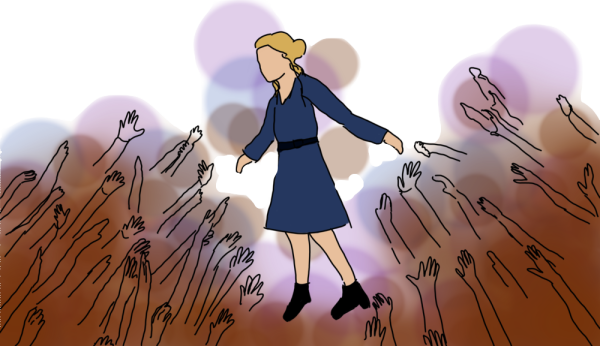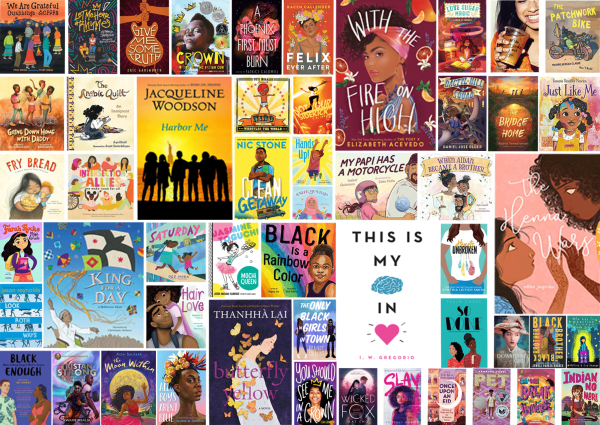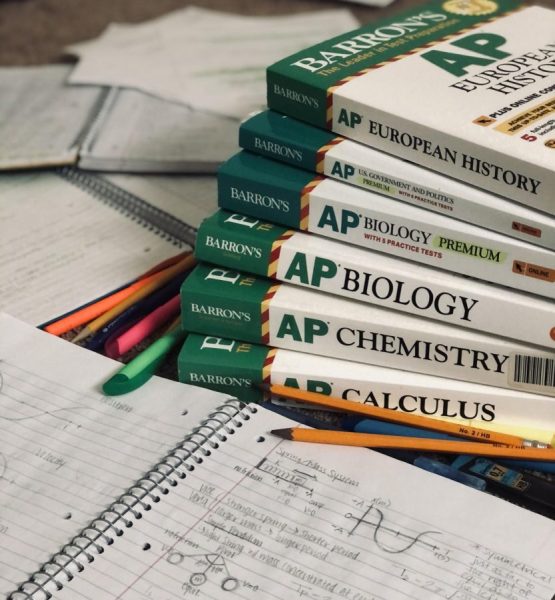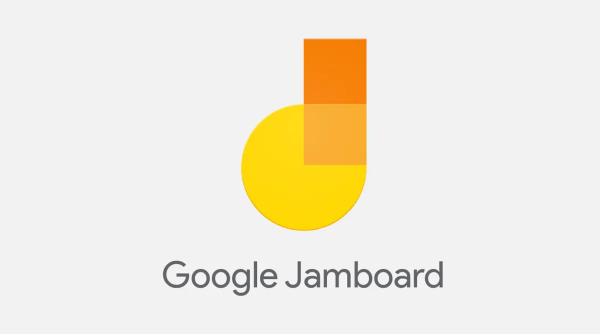Opinion: What Is ChatGPT’s Place In School?
ChatGPT is an AI source that released in November of 2022. It works by analyzing a massive amount of data, then uses that information to generate responses to the user’s input. It can then use user inputs to learn how to generate even better responses for future users. However, with ChatGPT’s power and wide accessibility, students have been able to use its ability to summarize documents, write essays with citations and evidence, and complex problem solving to complete school assignments in a fraction and with less effort. This usage has led to some backlash from teachers due to students being able to complete assignments without having to work on them. Some public schools in New York have already taken a step in dealing with ChatGPT by banning its usage in schools, but this won’t be a permanent solution. In order to look into how ChatGPT will affect our classrooms, I asked both teachers and students about how we should adapt to the ever-growing intelligence that is ChatGPT.
Two seniors, Dante Victoella and Carter Hunt have similar perspectives on ChatGPT’s impact. As Dante stated: “I’ve used it, but I don’t really feel that it’s appropriate to use as it takes away from the life skill building.” These general ‘life-building skills’ are elaborated by Carter’s interview. “Students don’t want to do work, so they use ChatGPT… but that makes them less intelligent and more dependent learners, by deferring their understanding to the understanding of an AI.” He did point out some benefits he saw with ChatGPT: “When used right, it can summarize difficult to understand topics, making studying easier, giving a student a concise explanation.” When asked if ChatGPT should be adapted to our school, he said: “Ideally things like ChatGPT should be integrated as little as possible, used for studying and such.” This fear of ChatGPT hurting people’s education is felt by another student, who wishes to remain anonymous: “Personally I believe that using ChatGPT is cheating and breaches academic integrity, and as such I do not use it.”
While most responses I received dealt with the serious implications of ChatGPT, some reveal a different side of viewing the program. A perfect example from Andrew Stediel: “I have never used ChatGPT, however I have watched it play chess, and that was pretty funny.” Some people, including myself, also view ChatGPT as being more humorous than an actual source of help, using it to generate fake songs or stories that often end up not making sense. This hurts the idea of ChatGPT being used in a real school setting, as it can be seen as more entertainment than educational.
Much like what students said, some teachers disagree with its usage since it can affect the ability of students. As Mr. Wilson puts it: “It’s a great tool, but shouldn’t be used to replace what humans can do.” However, other teachers gave a positive spin on the rise of ChatGPT. “There’s been a lot of discussion about ChatGPT in the English department–our supervisor, Mr. McIsaac has been sending us materials and encouraging us to think about how we might utilize AI in our classes,” is what Ms. Donhauser responded with. “For example, some teachers have had students ask ChatGPT for feedback on their writing, and then the students have analyzed that feedback.” Mr. Belotti seconds this idea: “[Students should] use it parallel for the work they are doing as an example, not in place of them doing the actual work. Both teachers agree that ChatGPT is a powerful source that should be taken advantage of instead of ignoring it.” Ms. Donhauser made a similar point: “I don’t think it’s possible to ban its use–while we might block the website, students will just access it at home or find workarounds; it’s better that we discuss it with students than try to ignore it.”
Both teachers also discussed work-arounds with me on how to stop students from cheating with ChatGPT. Mr. Belloti’s approach was “Use handwriting or give specific sources to eliminate its possible usage if planned,” while Ms. Donhauser’s approach focused more on “exploring sites that identify whether a piece might have been written by AI.” She also shares the same views seen by a lot of the students I interviewed about the fears of AI taking over human ability: “Ultimately, we want our students to become better thinkers and communicators, and while using AI might land someone a better grade, it’s robbing them of the opportunity to improve.”
During that last interview, Ms. Donhauser recommended that I reach out to Mr. McIsaac, the head of the English department at Central. Following her advice, I sat down with him and asked him about his views on ChaptGPT. “There’s something sort of voiceless in the work that it produces,” was a talking point that came up a lot during that conversation. As he puts it: “With students who have submitted ChatGPT work, the teacher finds it right away because it doesn’t sound like the student. So, as a student gets to do writing in a class, [the teacher] gets to know their voice and vocabulary… So when all of a sudden this piece of work appears that doesn’t sound like them, by virtue of its vocabulary, syntactical structure, its voice, [the teacher] recognize[s] it.”
However, this voicelessness didn’t stop Mr. Isaac from pitching several ways it could be used inside of the classroom. If a student were to provide ChatGPT with a piece of text that they wrote and asked from critiques of their writing, the AI will be able to provide helpful feedback, even if the AI struggles to fix the critiques itself. Its access to a wide variety of sources from different languages allows it to have full conversations with students in a different language, helping the student practice conversations in a new language by themself. This idea was presented to the teachers of world language at Central, and is being investigated on its possible future usage. However, its most useful feature is in its ability to create examples: “[A Teacher] can ask it to generate an essay, and say ‘okay, let’s look at it as a class.’ Learning how to write an essay, let’s say in AP Research or AP Lit, they’ll already look at student models… including a ChatGPT model, students can learn its strengths and its weaknesses… We can ask ChatGPT to write it, and we can critique it…Students and teachers should learn how to use ChatGPT as a starting point, and teachers should encourage students to look at ChatGPT and learn to criticize it and how they can improve upon it.” He elaborates more on not ignoring the program that the other teachers made as well: “States like New York trying to ban ChatGPT is short-sighted. It’s always going to be here, and we need to learn how to use it, not ignore it. I’ve encouraged staff to play around with it and figure out what it can do.”
To test out the ideas and possible implications given by Mr. McIsaac, I asked ChatGPT to write an intro to this article using the prompt “Write a paragraph about the capability of ChatGPT in the style of a news article.” I was given the following:
‘ChatGPT is a language model that has the capability to understand, generate and process human-like language. With access to an enormous database of information, it has the ability to hold conversations on a vast range of topics with unparalleled accuracy and efficiency. Its advanced language processing tools allow it to perform complex tasks such as summarizing documents, translating between languages, and generating essays on complex topics. ChatGPT’s capabilities are not only impressive but also ever-expanding, as it continues to learn and adapt to new challenges. With its ability to process and analyze vast amounts of information at lightning speeds, ChatGPT represents a major advancement in the field of artificial intelligence and is poised to revolutionize the way we interact with technology.’
The text provided does have benefits over what I have written. It’s more precise, accurate, and examines more features of what it can do over what I wrote. However, it’s lacking a unique voice that helps guide the reader. It reads as more of a factual statement rather than a sentence. This is because ChatGPT doesn’t have judgment on what it counts as poor or efficient writing, since its baseline of writing is on every source it has access to. It doesn’t have the ability to come up with its own style, or any style at all because it can speak in the average of people’s language, but not in the extremes of a real person’s voice. While the power of ChatGPT cannot be ignored, it cannot replace human thinking, emotions or soul.













